Are you longing for a garden that hums with life? My garden reading this winter has been highlighted by California Bees & Blooms: A Guide for Gardeners and Naturalists. Drawing from years of research at the UC Berkeley Urban Bee Lab, the book outlines how to transform an urban or suburban garden into a bee-friendly habitat.
California Bees and Blooms emphasizes bees’ vital relationship with flowers. In addition to calling attention to the 1,600 species of undomesticated bees—most of them native—that pollinate California gardens, the book provides information on more than 50 bee-friendly plants and how to grow them. What’s more, you don’t need alot of space, just a few square feet of poppies, sage, and phacelia are enough to sustain a healthy population of wild bees.
Pictured are several bee-friendly plants—both native and non-native. These are best planted in full sun and in patches of 3.5 x 3.5 feet to allow for efficient foraging.

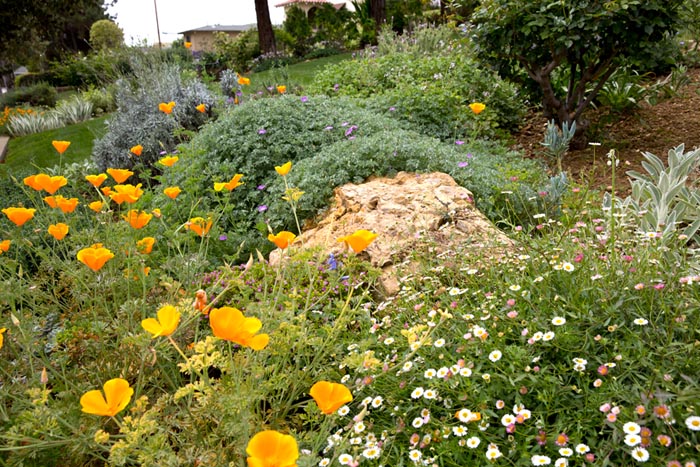
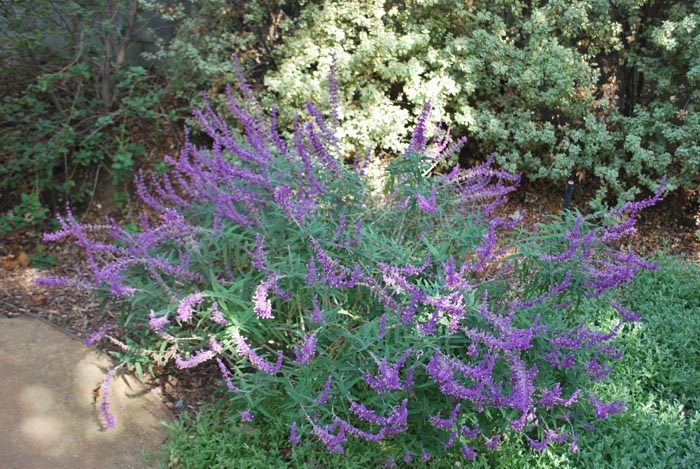
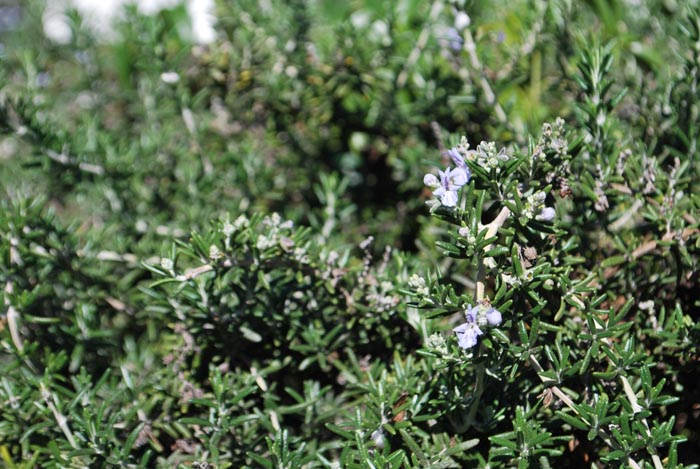
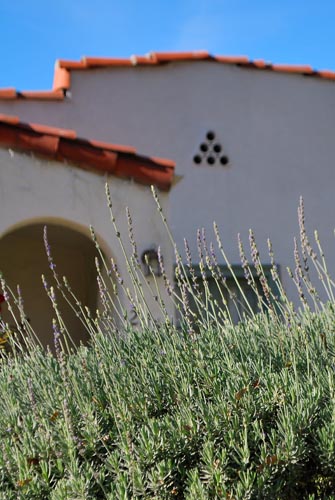
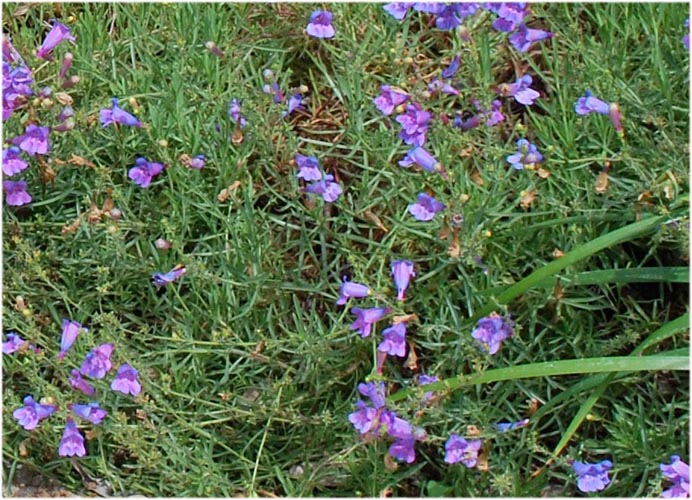
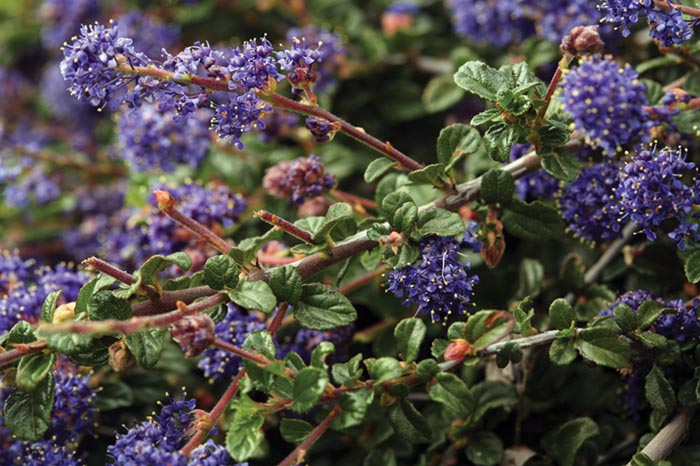
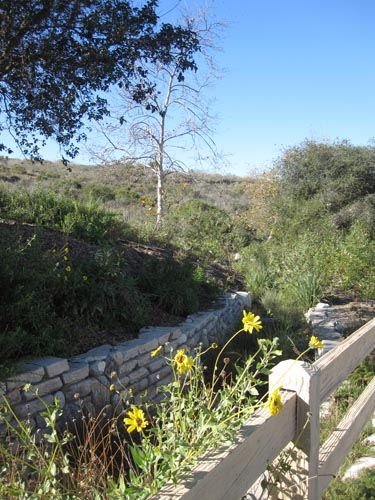
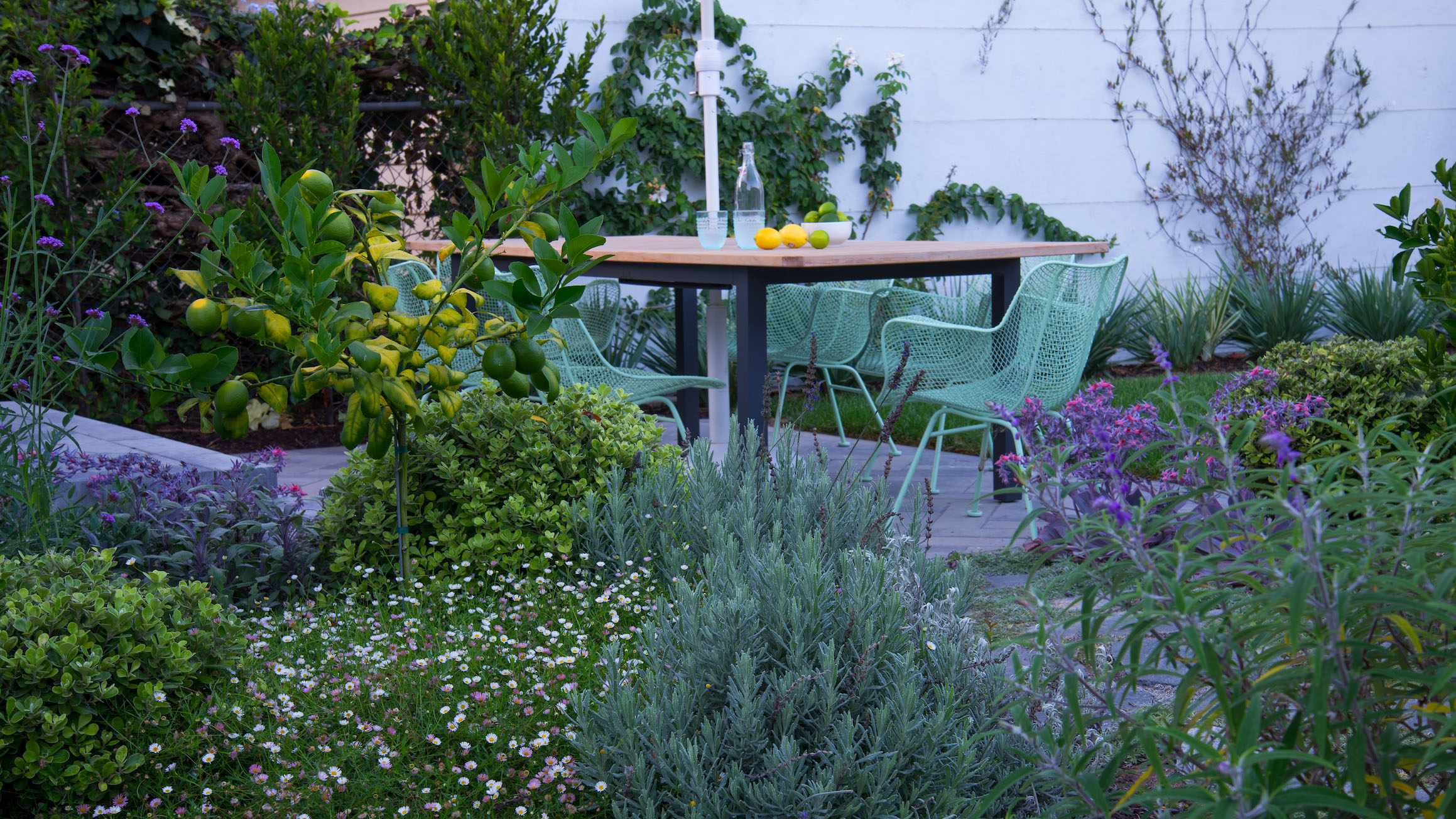
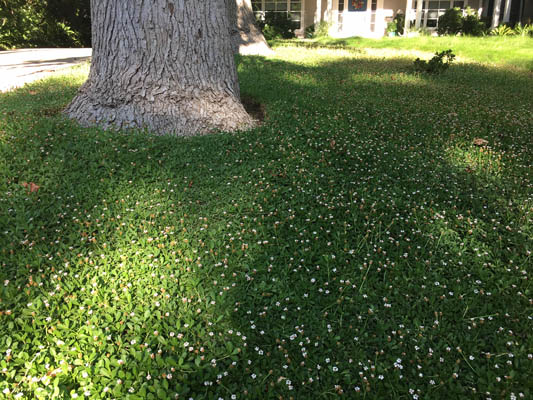
Bees love the lavendar and rosemary in our garden. Plus the lavendar helps my son with his migraines, and the rosemary seasons our food.
[…] to the following post on Bee Friendly Gardens to learn which are the best plants for bees in a landscape […]